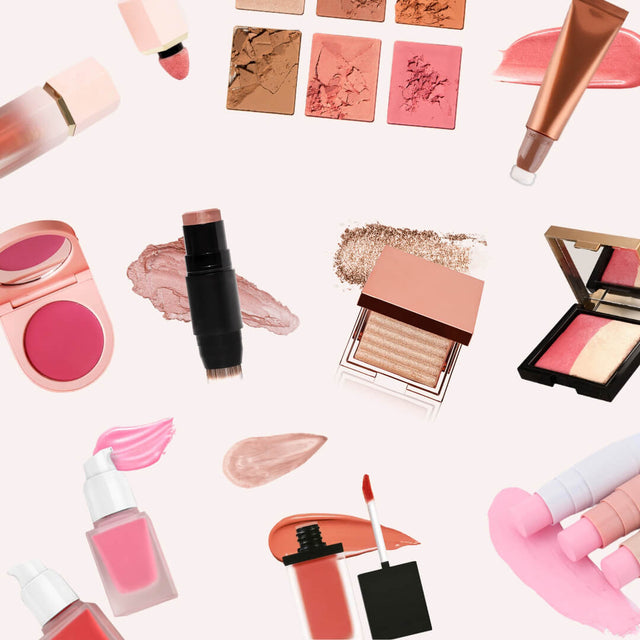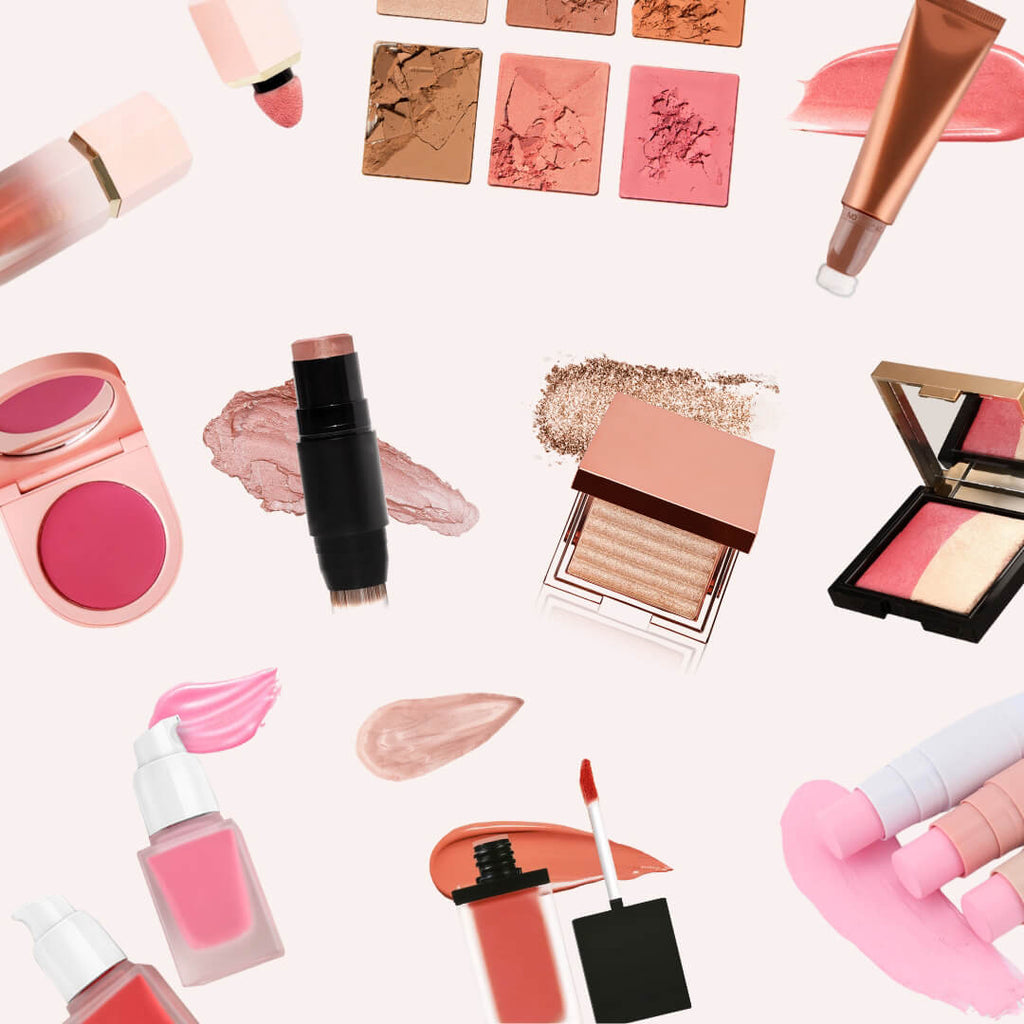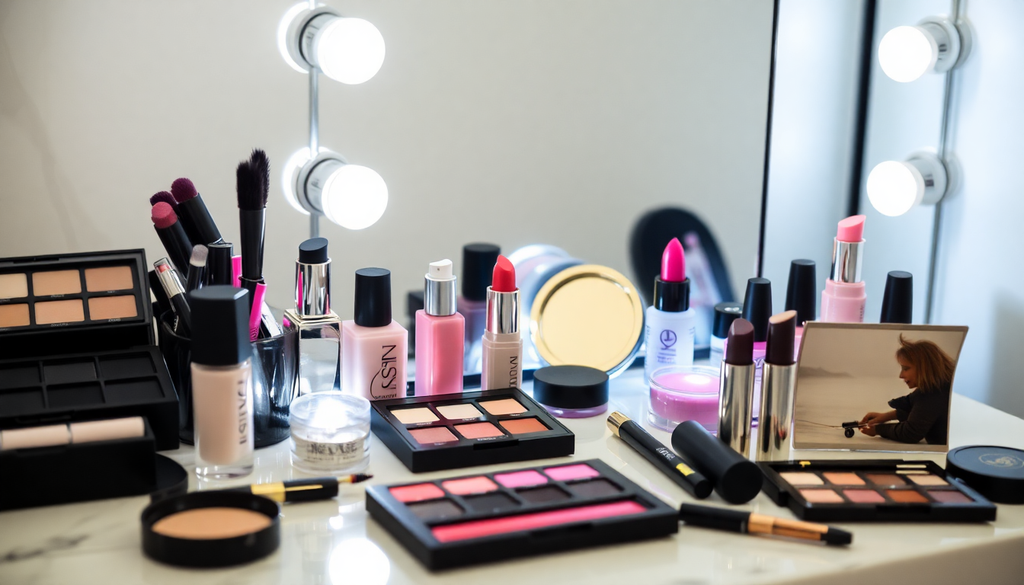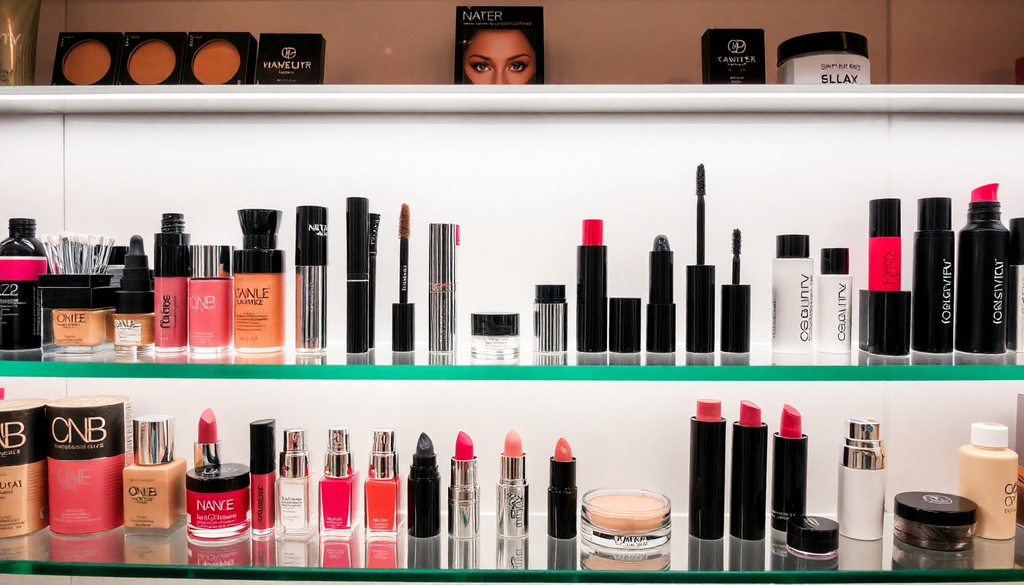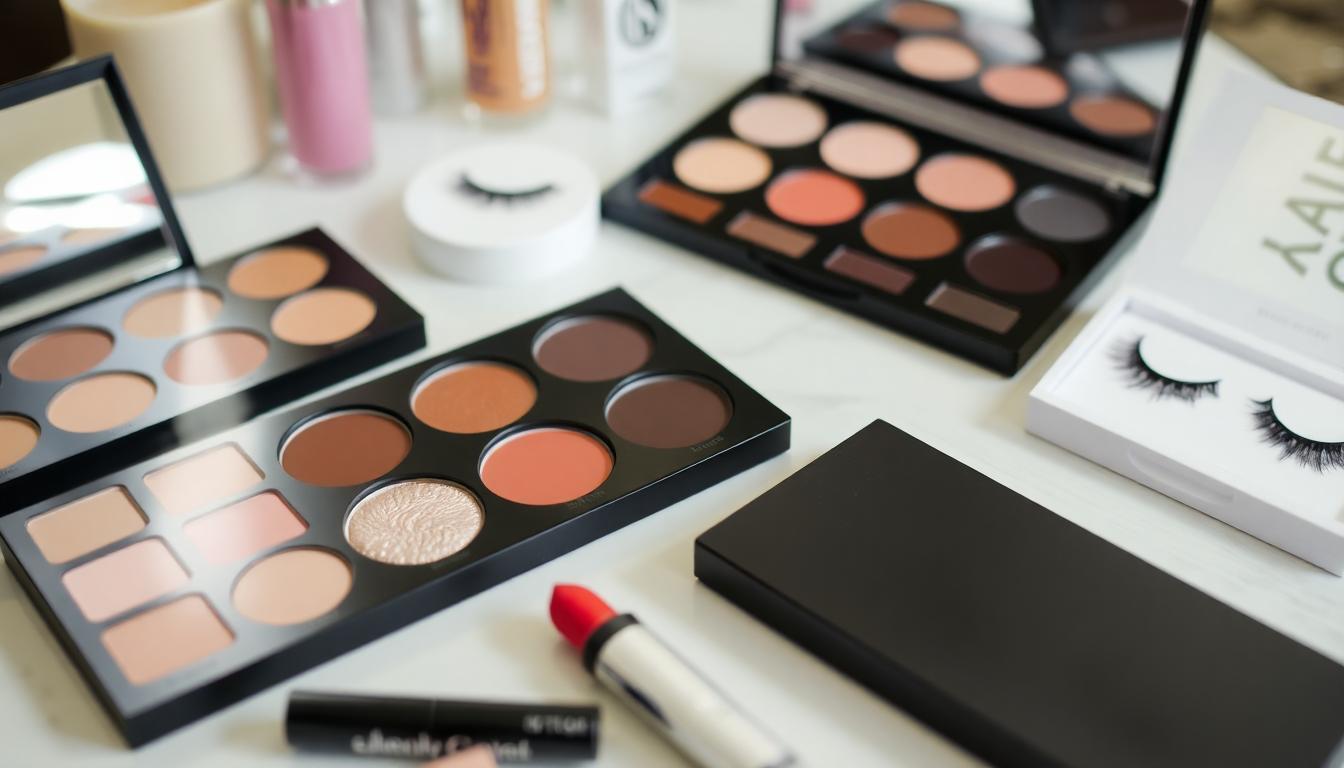
Your Step-by-Step Guide to Launching a Private Label Makeup Business: From Magnetic Lashes to Unique Eyeshadow Palettes
Introduction
Starting a private label makeup business can be an exciting and lucrative venture. With the continuous growth of the beauty industry, there is a growing demand for innovative products that cater to diverse consumer preferences. From magnetic lashes to unique eyeshadow palettes, this guide will provide you with a comprehensive roadmap to launch your own makeup brand successfully.
Step 1: Conducting In-Depth Market Research
Market research is the foundation of any successful business. Understanding the landscape will help you identify opportunities and avoid pitfalls. Here’s what to focus on:
- Identify Your Target Audience: Consider demographics such as age, gender, income level, and geographic location. Understand their buying habits and preferences.
- Analyze Competitors: Research other brands in the makeup industry. What products do they offer? What are their marketing strategies? Identify their strengths and weaknesses.
- Determine Current Trends: Stay updated with the latest makeup trends by following beauty influencers, attending trade shows, and reading beauty magazines.
- Gather Consumer Feedback: Utilize surveys or focus groups to gain insights into what potential customers desire in makeup products.
Step 2: Selecting Your Product Line
Once you have a clear understanding of the market, it’s time to select the products you want to offer. Here are some popular choices:
- Magnetic Lashes: These are a game-changer in the beauty industry, offering a hassle-free application.
- Eyeshadow Palettes: Create palettes with unique color combinations that appeal to various makeup styles.
- Lipsticks and Lip Glosses: Consider various finishes such as matte, glossy, and satin to cater to different preferences.
- Foundations and Concealers: Offer a wide shade range to accommodate different skin tones.
- Makeup Brushes and Tools: Provide high-quality tools that complement your products.
Step 3: Finding the Right Manufacturer
The quality of your products relies heavily on your manufacturer. Here’s how to find a reliable partner:
- Research Manufacturers: Look for manufacturers specializing in cosmetics and offering private labeling services.
- Request Samples: Always ask for product samples before committing. This allows you to assess quality and performance.
- Check Certifications: Ensure the manufacturer complies with safety regulations and has the necessary certifications.
- Evaluate Production Capacity: Confirm that the manufacturer can meet your production needs and timelines.
Step 4: Understanding Regulations and Certifications
Before launching your products, it’s essential to understand the regulations governing cosmetics in your target market.
- Cosmetic Labeling Requirements: Familiarize yourself with the labeling laws in your country. This includes ingredient lists, usage instructions, and safety warnings.
- Import Policies: If you’re sourcing products from abroad, ensure you understand import duties and regulations.
- Safety Certifications: Some products may require testing for safety and efficacy. Ensure you have the necessary certifications to build consumer trust.
- Intellectual Property: Consider trademarking your brand name and logo to protect your intellectual property.
Step 5: Setting Up Your Online Store
In today’s digital age, an online store is vital for reaching customers. Here’s how to set it up effectively:
- Choose an E-commerce Platform: Popular options include Shopify, WooCommerce, and BigCommerce. Select one that aligns with your business needs.
- Design Your Website: Focus on user experience. Ensure your site is mobile-friendly, easy to navigate, and visually appealing.
- Product Descriptions: Write compelling product descriptions that highlight benefits and unique features. Use high-quality images to showcase your products.
- Payment Gateways: Set up secure payment options to build customer trust. Consider using PayPal, Stripe, or other reputable services.
- Shipping Options: Offer various shipping choices and clearly communicate delivery times and costs.
Step 6: Crafting a Strong Brand Identity
Your brand identity sets you apart from competitors. Here are key elements to consider:
- Brand Name: Choose a memorable name that reflects your brand’s ethos and target audience.
- Logo Design: Create a visually appealing logo that resonates with your target market.
- Brand Voice: Establish a consistent tone and style for all communications, from social media posts to website copy.
- Packaging: Invest in attractive and functional packaging that enhances the customer experience.
Step 7: Marketing Your Makeup Brand
Once your products are ready and your online store is live, it’s time to focus on marketing your brand. Consider the following strategies:
- Social Media Marketing: Utilize platforms like Instagram, TikTok, and Pinterest to showcase your products. Create engaging content that encourages shares and interactions.
- Influencer Collaborations: Partner with beauty influencers to broaden your reach. Influencers can help promote your products to their followers through reviews and tutorials.
- Email Marketing: Build an email list and send regular newsletters with promotions, new product launches, and beauty tips.
- Content Marketing: Start a blog on your website to share beauty tips, tutorials, and product information. This can improve your SEO and drive traffic to your store.
- Online Advertising: Consider using pay-per-click (PPC) advertising on platforms like Google and Facebook to reach a broader audience.
Step 8: Launching Your Brand
A successful launch can set the tone for your business. Here’s how to create buzz around your brand:
- Pre-Launch Hype: Build anticipation by teasing your launch on social media. Share sneak peeks of your products to generate excitement.
- Launch Day Promotions: Offer exclusive discounts or limited-time offers to encourage purchases on launch day.
- Host a Virtual Launch Event: Engage your audience through a live event where you showcase your products, provide tutorials, and answer questions.
- Leverage User-Generated Content: Encourage customers to share their experiences with your products on social media. This helps build credibility and community.
Step 9: Analyzing and Adapting
After your launch, it’s vital to analyze performance and adapt strategies as necessary:
- Monitor Sales Data: Track which products are performing well and which are not. This information can guide future product development.
- Gather Customer Feedback: Encourage customers to leave reviews and feedback. Use this information to improve products and customer service.
- Adjust Marketing Strategies: Analyze the effectiveness of your marketing campaigns. Adjust your strategies based on what’s working and what isn’t.
Conclusion
Launching a private label makeup business is an exciting journey filled with opportunities for creativity and entrepreneurship. By following these comprehensive steps—from conducting market research to effective marketing strategies—you can set your brand up for success. Remember to remain adaptable and responsive to market trends and customer feedback. Embrace the challenges, and let your passion for beauty shine through your products!

